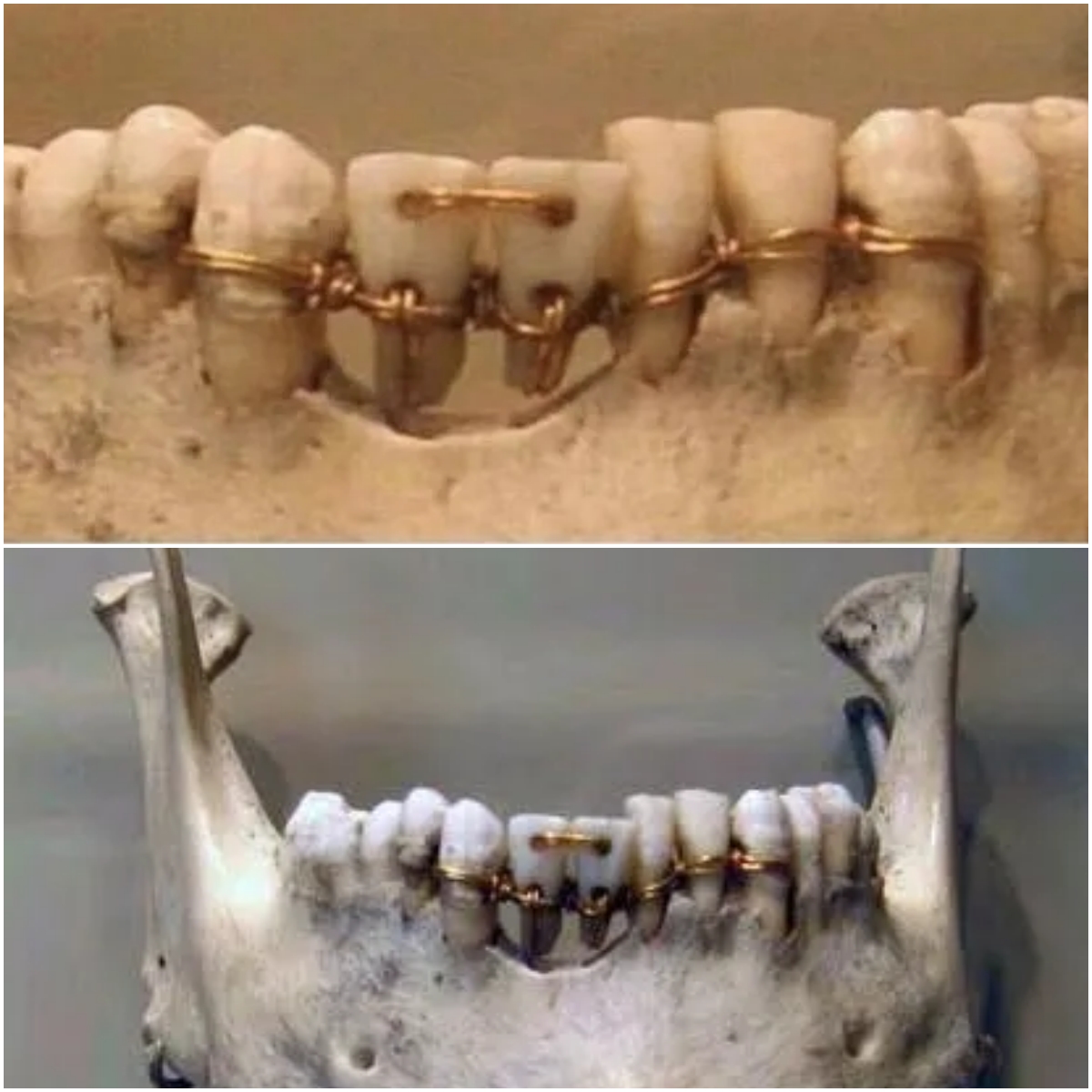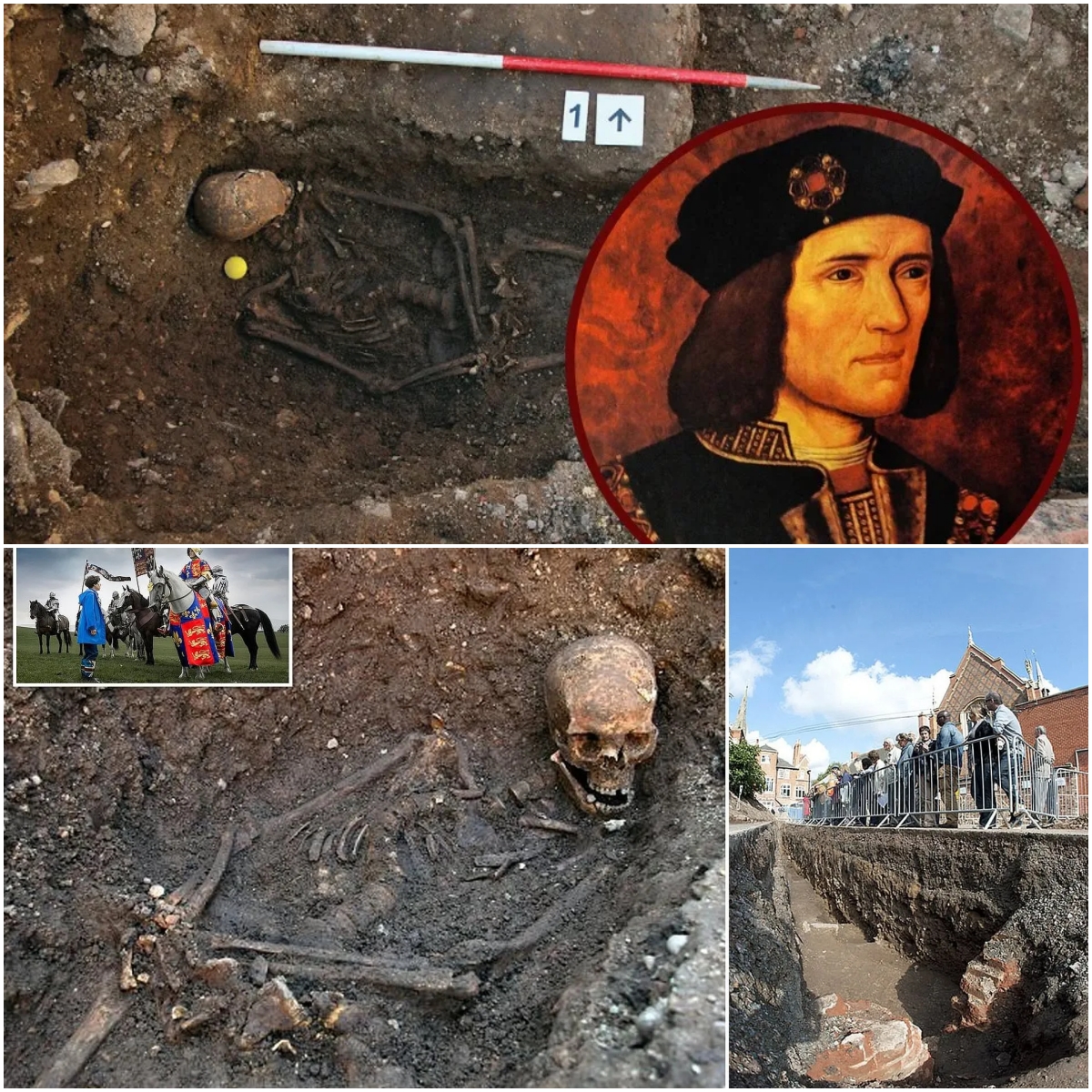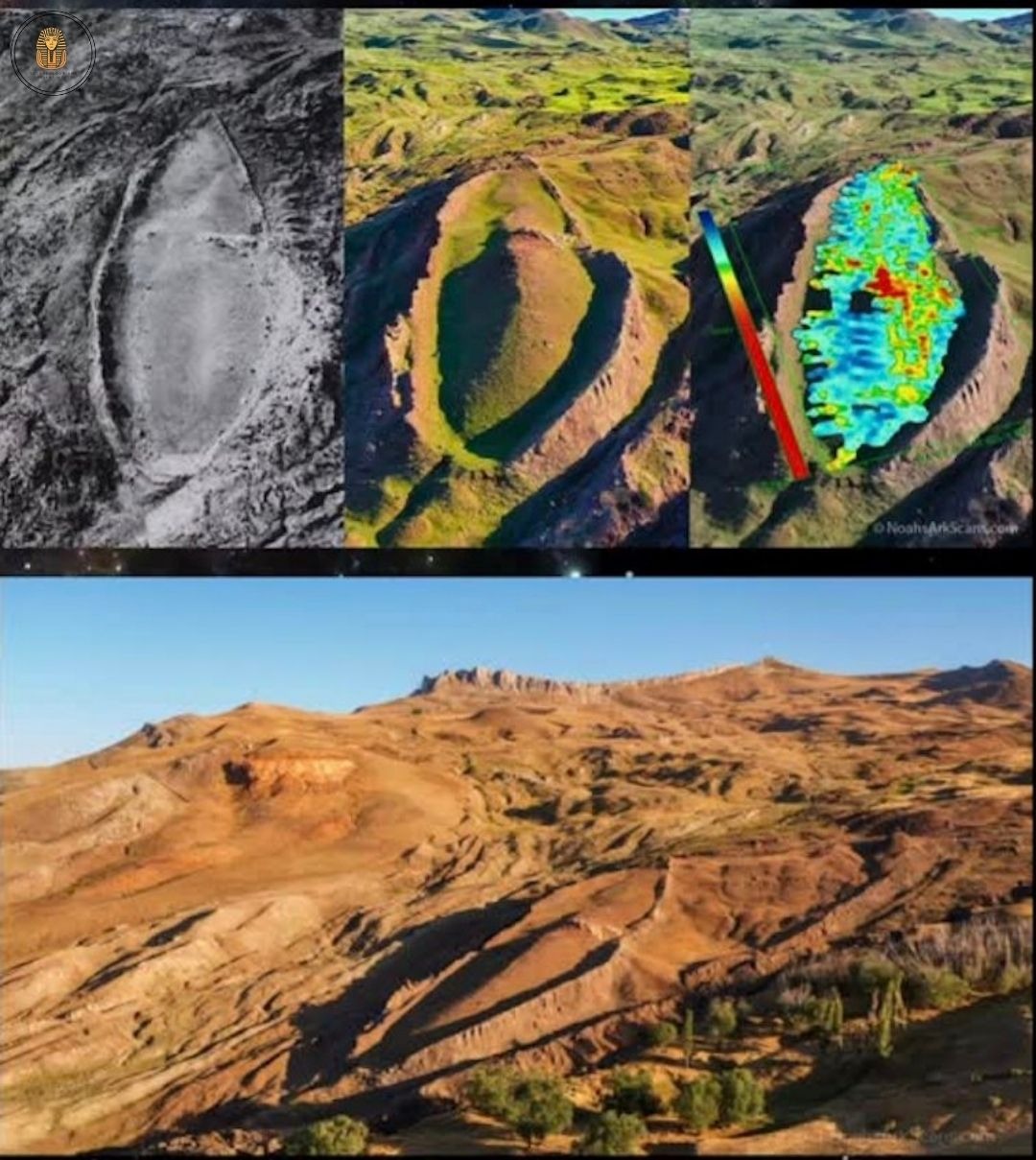Antioch’s Cancer Amulet: Magic from Ancient Türkiye

An intriguing artifact was discovered during excavations in the ancient city of Pisidia Antioch in the province of Isparta in western Turkey: “A magical amulet against cancer.”
The ancient Antioch of Pisidia is located just 1 km north of Yalvaç, Isparta, in southern Türkiye. The city was founded by Antioch I in 280 BC. C. Among the 17 ancient cities that are called “Antioch” in Turkey, only two of them are well remembered by scholars: one is called “Antakya” (the ancient Antioch of Hatay) and the other is Antioch of Pisidia. Both are famous for their notable architecture and play an important role in the early phases of Christian history.
A curious artifact has been discovered in the ancient city of Antioch of Pisidia that is believed to have been used against cancer. The artifact, described as an amulet with a crab motif and inscriptions wishing healing, is believed to date from the Hellenistic period.
The most intriguing discovery of 2024 was a gem, used as a hanging amulet. This amulet is one of the most unique artifacts ever found in the excavations of Pisidia Antioch. It was discovered during excavations on the hill of Aedilicus, near the local church.
A father had ordered this amulet for his sick daughter, who wore it as a pendant to heal herself. One side of the amulet depicts a crab, while the other side features inscriptions meant to cure your ailment.

Magical amulet against cancer made in the excavations of Antioch of Pisidia, Isparta, Türkiye. Photo: Pisidia Antioch Archive
Galen, an ancient physician famous for his cancer research, said that the black veins surrounding cancerous tumors resemble the legs of a crab: “Just as a crab has legs that extend throughout its body, the veins in This disease has a similar form. “They extend from the abnormal crab-shaped tumor.” The term “cancer” actually originates from the Greek word “karkinos,” which means crab, which highlights the visual similarity.
From the Hellenistic era to the 4th century AD. C. the use of this type of talismanic stones spread. The specimen found in Antioch of Pisidia represents one of the best preserved examples in Anatolia, with significant images and inscriptions. It is believed that its origin is in Egypt, Anatolia and Mesopotamia.
The amulet predates the local church and probably arrived here in the 10th century AD. C. Its importance has endured over time due to its value as a precious stone. For many years, it was probably used by various people due to the belief that it could cure cancer.
Further analysis of the artifact is underway and researchers believe the findings will contribute significantly to the field of archeology and deepen our understanding of ancient health practices.






